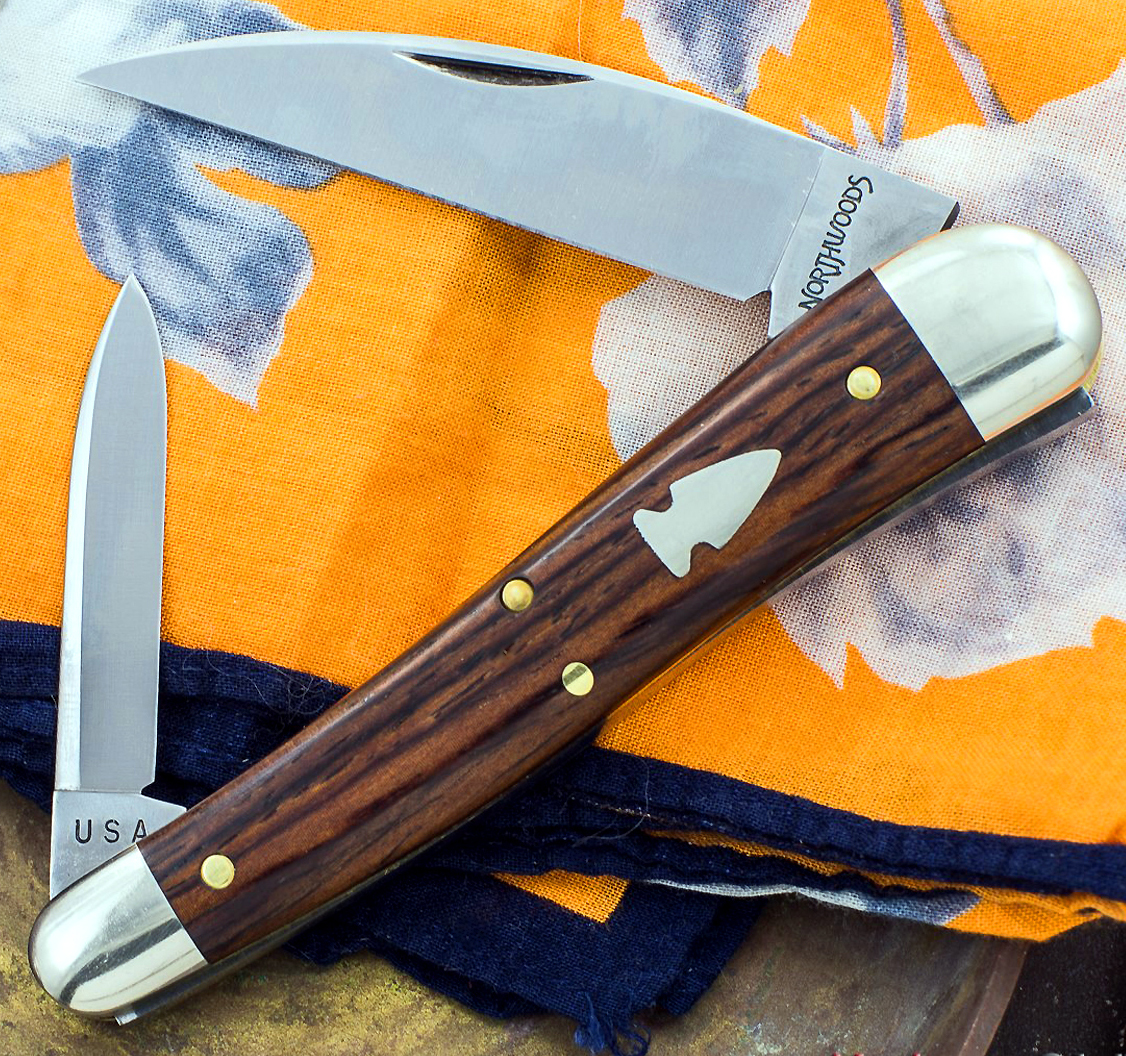FAQ: What are the advantages of multiple blades on a pocketknife?
24th Sep 2018
Some folks insist that you only need one blade -- the right blade -- on a pocketknife. Most people, however, see the advantages of having at least two, or even more.
Although the debate will rage on, we'll do our best to explain the benefits of multi-blade slipjoints.
We like carrying a small, two-blade pocketknife, such as a Northwoods Norfolk or Willamette Whittler. Having a pair of different blades allows us to select the right tool for a given job.
Often we'll pocket a knife with more than two blades, for the same reason -- to have choices, that is -- or when we're playing Kephart (camping, fishing, hunting or hiking).
Especially when we're afield, we appreciate the added security and flexibility of a knife like a Great Eastern Cutlery #82 stockman, a #61 Congress or a smallish slipjoint like the Northwoods Norfolk Whittler.
So versatility and convenience are the primary advantages of carrying a knife with multiple unique blades tucked into a pocket-friendly frame -- but a multi-blade slipjoint has one more benefit worth thinking about.
You can sharpen each blade differently.
Let's say you have a typical three-blade stockman. Consider sharpening one blade to a "toothy" utility edge for cutting twine and strapping, putting a chisel grind on another for shaving leather and wood, and convexing the third for general use. With more than one blade, you get to customize each for a different purpose.


